Allison B. Young
When it comes to setting up a wedding, the florist’s job becomes one part creative designer and two parts moving company. Not only must the florist engineer the centerpieces or ceremony arch for a bride’s big day, but they also need to engineer the logistics of the day: safely packing, loading, and unloading flowers, candles, and décor with an efficiency that could impress FedEx. Since my first flower job, I’ve worked for studios and shops that found innovative and resourceful ways of transporting delicate blooms and fragile glassware.
So, when Jenn first mentioned setting up a wedding in Iceland, the question of how began to unfurl in my mind like rolling open a map. There was never any question of it looking beautiful. The challenge would be how we’d get to the striking end result.
Read on for a few reflections from our Nature Composed adventure: traveling florists in Iceland—along with some breathtaking photographs by renowned wedding photographer, Clane Gessel.

Pack Light & Lean into the Landscape
Cross every t. Dot every i. Relish the flourish of that final check mark. In some ways, these could be unofficial tenets around preparing for a wedding setup. Whether you want to account for weather that could slow you—or the flowers—down, like extreme heat, or bringing extra candles and vases in case of unexpected floor plan changes, there’s no such thing as bringing too many extras. But traveling abroad for a destination wedding presented a different challenge.
Flying to a country none of us had been to before, nor had any inkling of the language or landscape, we already faced a lot of variables that were out of our control. To be overly prepared became an added, costly, and unhelpful pressure. Instead, Jenn’s thorough research ahead of our trip found us valuable resources already there.
The first key resource was what grew in the land of fire and ice. In a landscape that felt, at times, as stark and barren as the surface of the moon, it was hard to believe that anything could grow or thrive there. But Jenn learned about a flower that, while not native to Iceland, was prolific. This flower was lupine.
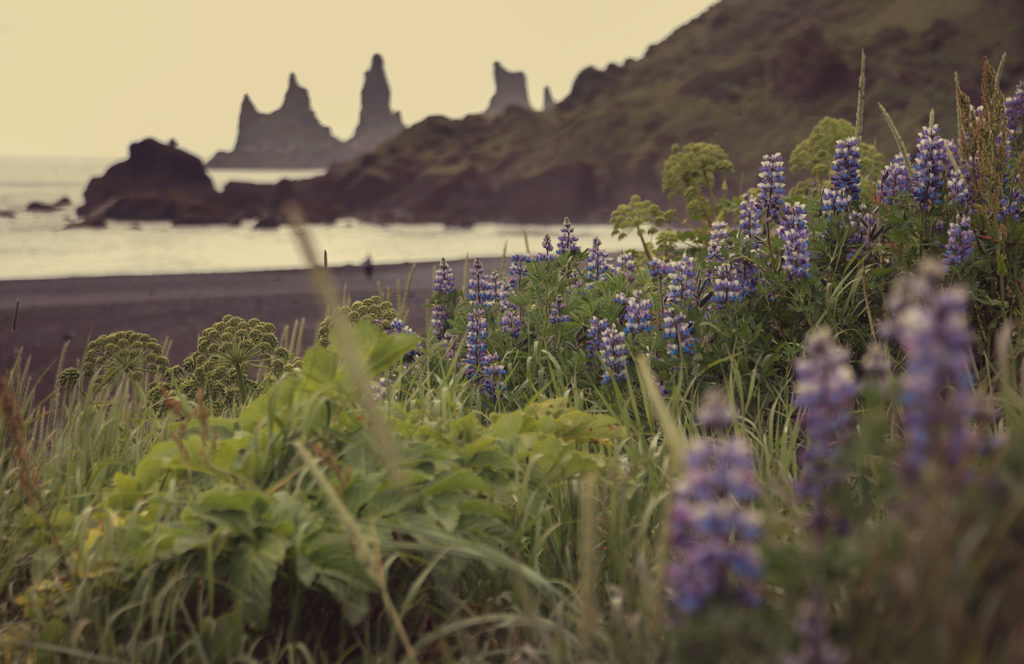
In a landscape with so few trees, Iceland had struggled with erosion, windblown soil, and even sandstorms (Fountain, 2017). Lupine was introduced to the landscape for its ability to grow and spread, as well as its ability to fix nitrogen in the soil.
A little Icelandic trivia: During the time of the Vikings (around the 9th century), about 40% of Iceland was made up of forests. By the turn of the 20th century, only about 1% of the land was covered by trees.
Driving from the airport to our Air BnB, we wound around the undulating crags and layers of volcanic rock that gradually softened into green and purple carpets that rolled out to the coast. The purple, itself, became an ocean. Uninterrupted by trees or large structures, the lupine created vast swaths of soft, glowing purple. And because the lupine had become a monoculture in many areas of the country, it had also become a key local flower to include in the wedding’s vision of capturing the Icelandic, stark beauty.
More fun facts: Monoculture is a term often used in agriculture. It refers to the cultivation or growth of a single crop or organism. Think of the Midwest fields of corn and soybean and you’ll see how monoculture can apply to different plants and purposes. In the context of lupine in Iceland, it is also regarded as an invasive species.
Lupine comes from the Latin word “Lupinus” which references “lupus” or wolf. Back in ancient Rome, “The Romans observed how lupines invaded fields with poor soil” (Keeler, 2020). While other plants seemed to struggle, lupines thrived. Because of this, they believed that lupine flowers were robbing the soil and its neighboring plants of nutrients. Since ancient Rome, we’ve learned that lupine is actually more collaborative than its predatory namesake. The symbiotic relationship between rhizobium bacteria and the lupine plant is what makes it possible to enrich or fix nitrogen in the soil.
The second key resource Jenn researched was another local: Selfoss florist and owner of 1905 Blómahús, Tinna Bjarnadόttir (you can find her work here and here). Perhaps just as striking as the purple carpets of lupine, was Tinna’s graciousness. She helped us secure a floral order to fill out the wedding flowers that provided the rich vibrancy of the color palette. Not only that, her hospitality (complete with cupcakes!) and warmth offered us an additional link to this foreign country, where florists navigate the same joys and challenges. The kindness and glimpses of familiarity, of home, need no translation. It possesses the same universality as a flower’s botanical name.

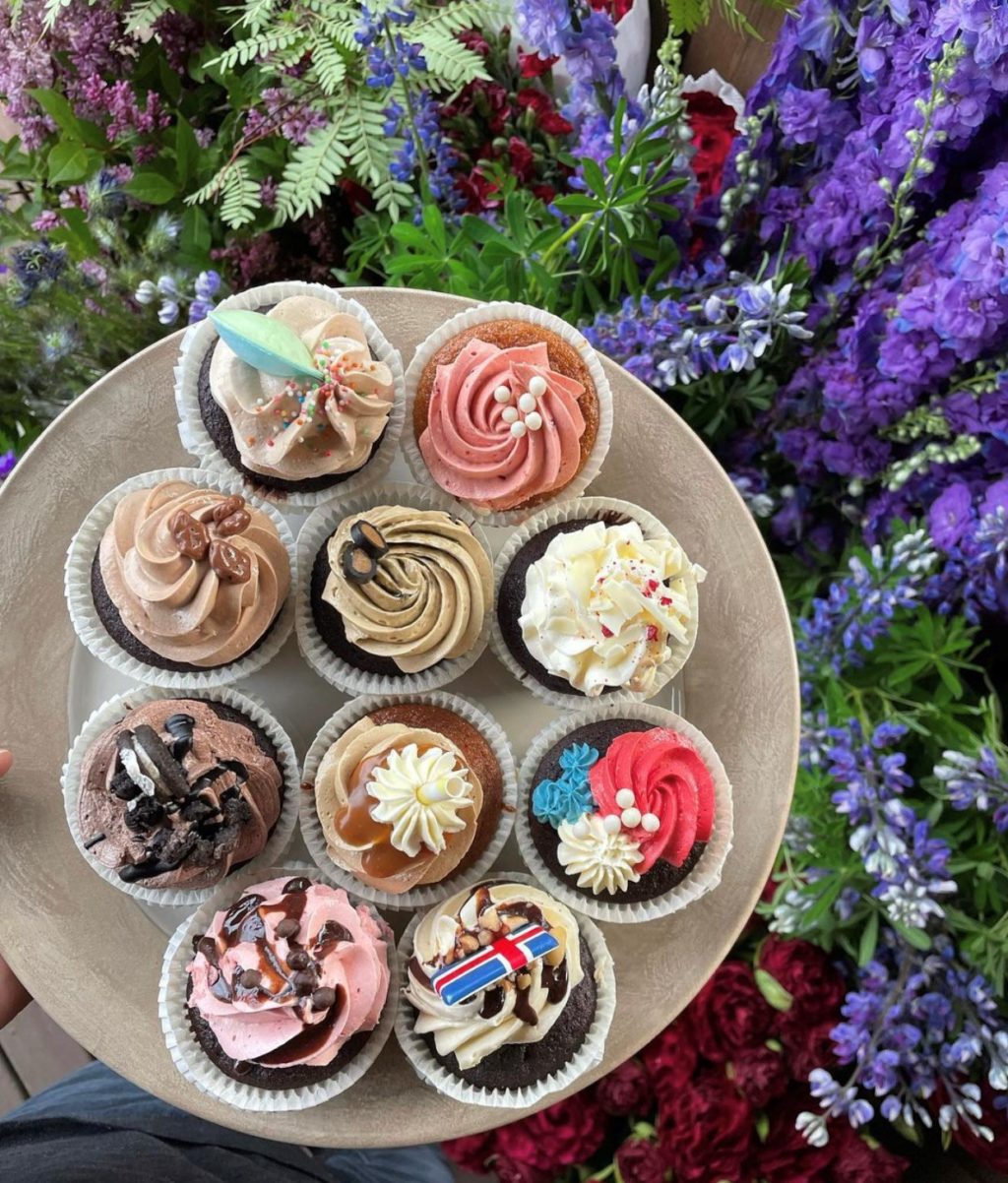
Equipped with a sprouting knowledge of the Icelandic landscape and a point person to offer us guidance, we could pack light and trust things to fall into place.
Flex or Wilt: A Florist’s Adaptability
Working in the land of fire and ice meant keeping things fluid. After settling into our Air BnB and getting a lay of the land, I found myself thinking back to traveling as an exchange student years ago. A classmate’s refrain during that trip was flex or die, an expression meant to remind us to stay flexible and willing to adapt to all the changes while traveling abroad. And while this expression is a bit dramatic, the sentiment resonated with me all these years later. Not only that, but Jenn and our team breathed new life into this idea. The ability to adapt to ever-changing circumstances opens up fresh possibilities, discovery, and innovation.
Our Air BnB was perhaps the first testament to flexibility. Part of Jenn’s research was around the place where we’d stay. She made sure that there would be ample foraging available to us while there. The house was tucked in a small gathering of trees, a thick section of lupine near the entryway, and lilac shrubs in peak bloom. Between our ability to forage right in our backyard and the floral order we picked up at 1905 Blómahús, we had the flexibility to let the design process take a new direction and evolve accordingly.
As we began to design, we were able to trim evergreen boughs to serve not only as added foliage but as a way to reinforce the design’s overall structure. Folding and weaving woody stems together became a sturdier alternative to molded chicken wire. By the end, the tall lupine, delphinium, and foxtail lily blooms we placed in the ceremonial floral designs could handle being moved and any Icelandic wind that might pick up during the ceremony. Piecing together the centerpieces and ceremony florals became a practice of ingenuity, adaptability, and a way to pay homage to the surroundings.
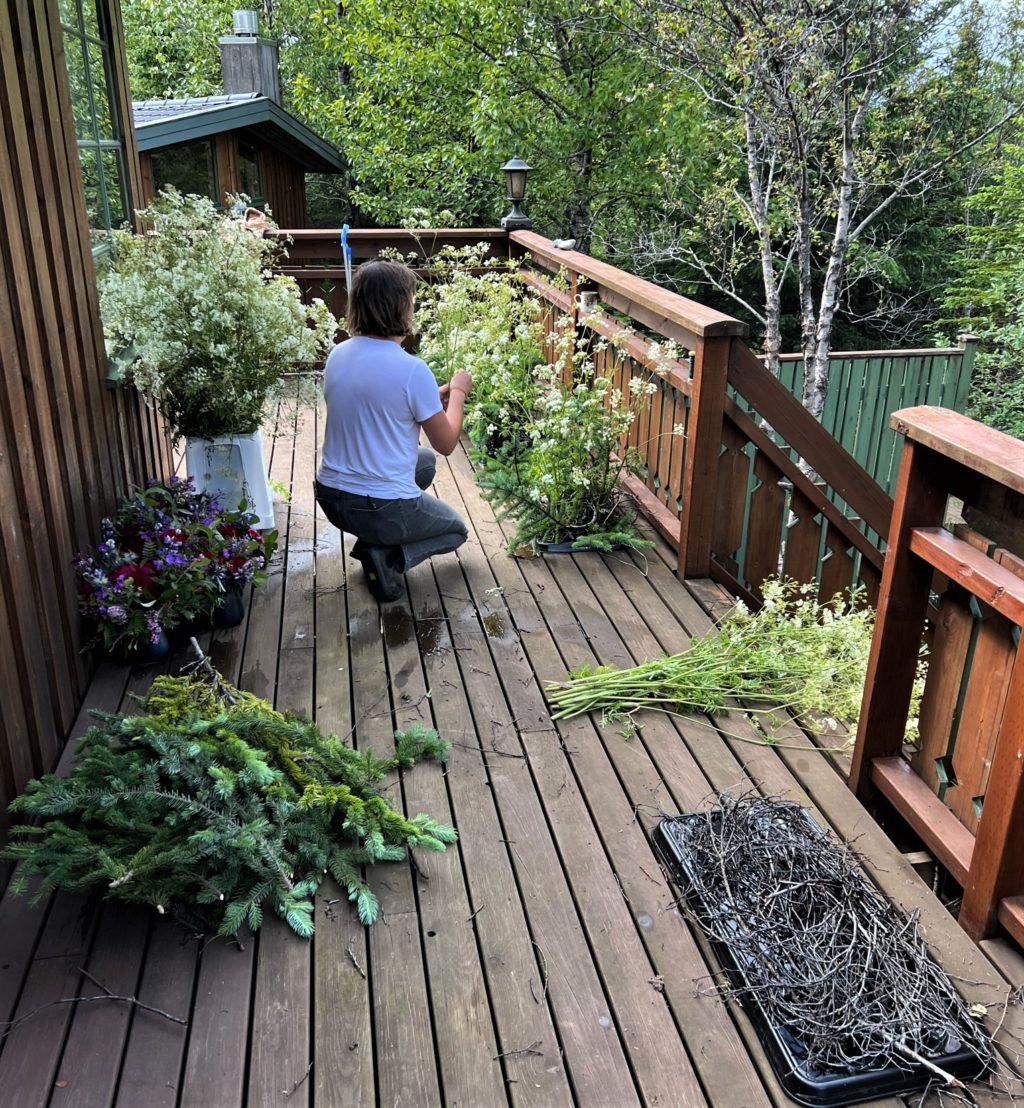
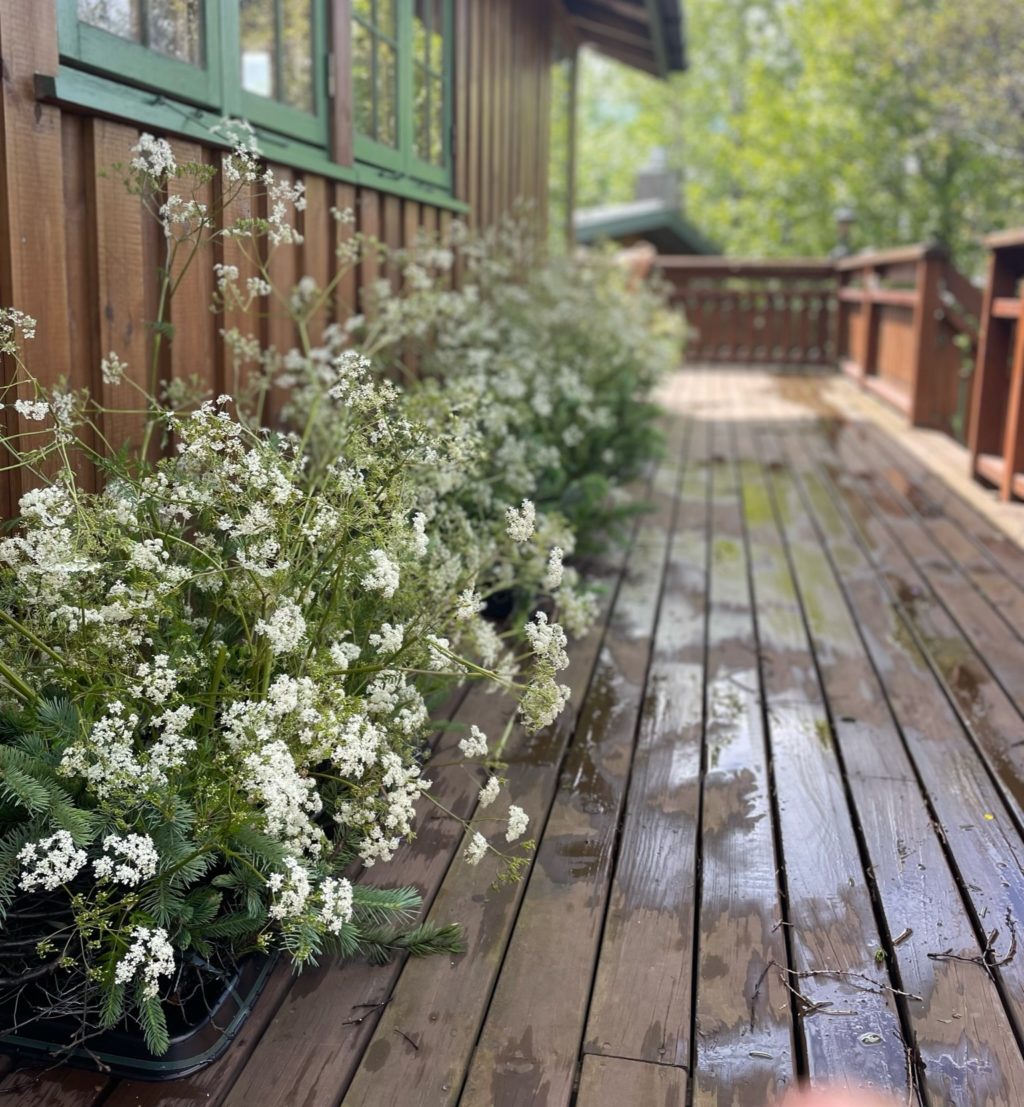
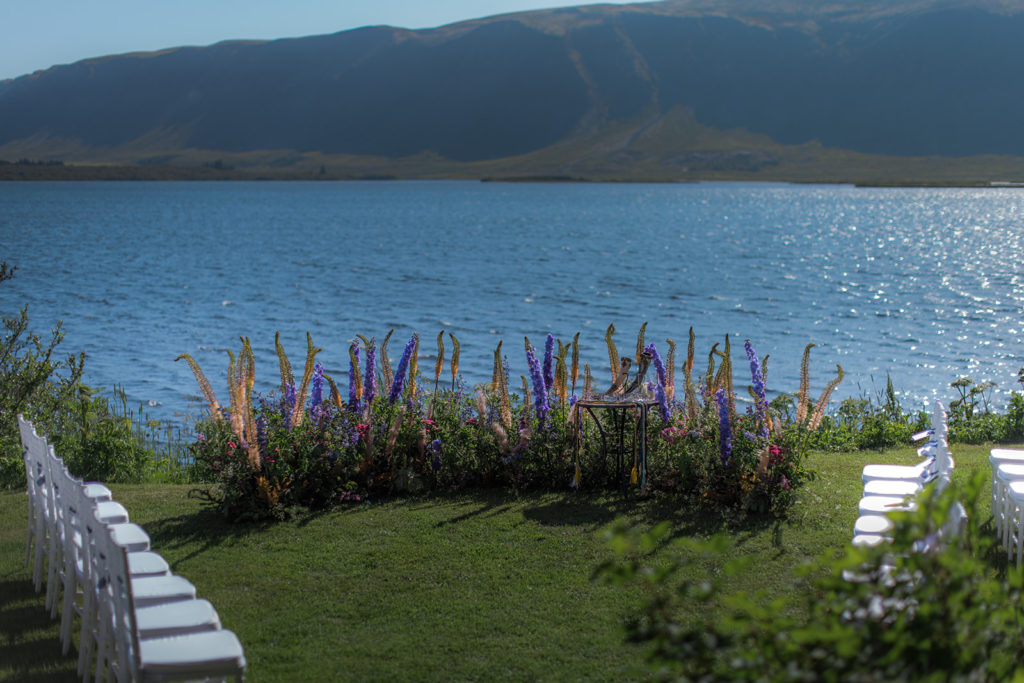
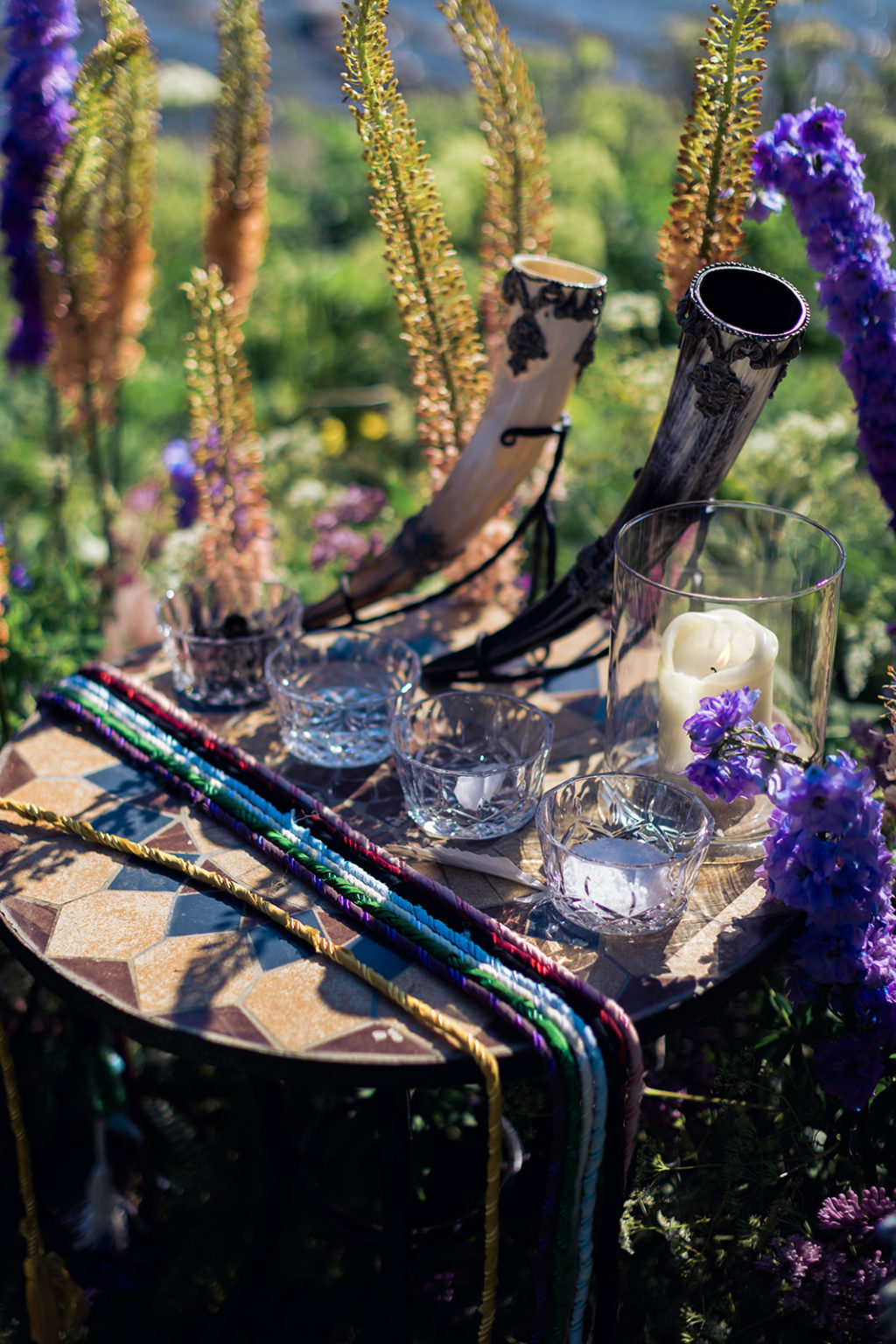
Not only did our flexibility around the flowers pay off, but it also did when it came to finding vessels to put all these flowers in. The idea of flying with delicate glass vases in a checked bag could make any traveler cringe. So, instead of running the risk of picking glass shards from our socks, we borrowed some metal bowls and hoped to find something in Iceland that could coordinate.
While picking up groceries in town one day, we stumbled upon a housewares store (think Icelandic Pier One). The first aisle Jenn and I stepped down should have been labeled “Supplies for Florists Traveling from the U.S.” because we found all our remaining vases, trays, and supplies in one trip—the floristry stars had aligned!
While the Midnight Sun Shines…
Make hay while the sun shines is an old adage fit for farmers and florists alike—traveling florists, in particular!
In a literal sense, we were able to use Iceland’s long summer twilight to fit in more exploring, designing, and setting up for the wedding. We scouted out the locations of the ceremony and reception as well as got to plan day trips to see waterfalls, volcanoes, glaciers, and even the tourist destination, the Blue Lagoon. We woke early or stayed up past midnight to wander the area around our Air BnB.
This feet-on-the-ground exploration not only gave us a sense of orientation in the area but also allowed for a deeper understanding of the land around us. Without this extra daylight and exploration, we wouldn’t have used that understanding in the floral designs that we had traveled all the way to compose.
In a figurative sense, soaking up the midnight sun meant getting the most out of what we saw. Our travels in Iceland became a valuable reminder of the seemingly infinite inspiration we can find in the natural world. As florists, we are both informed by nature and piecing nature together, itself. Through this, we create something artful, something unique.
There is always more to learn from the land, whether familiar or far away.
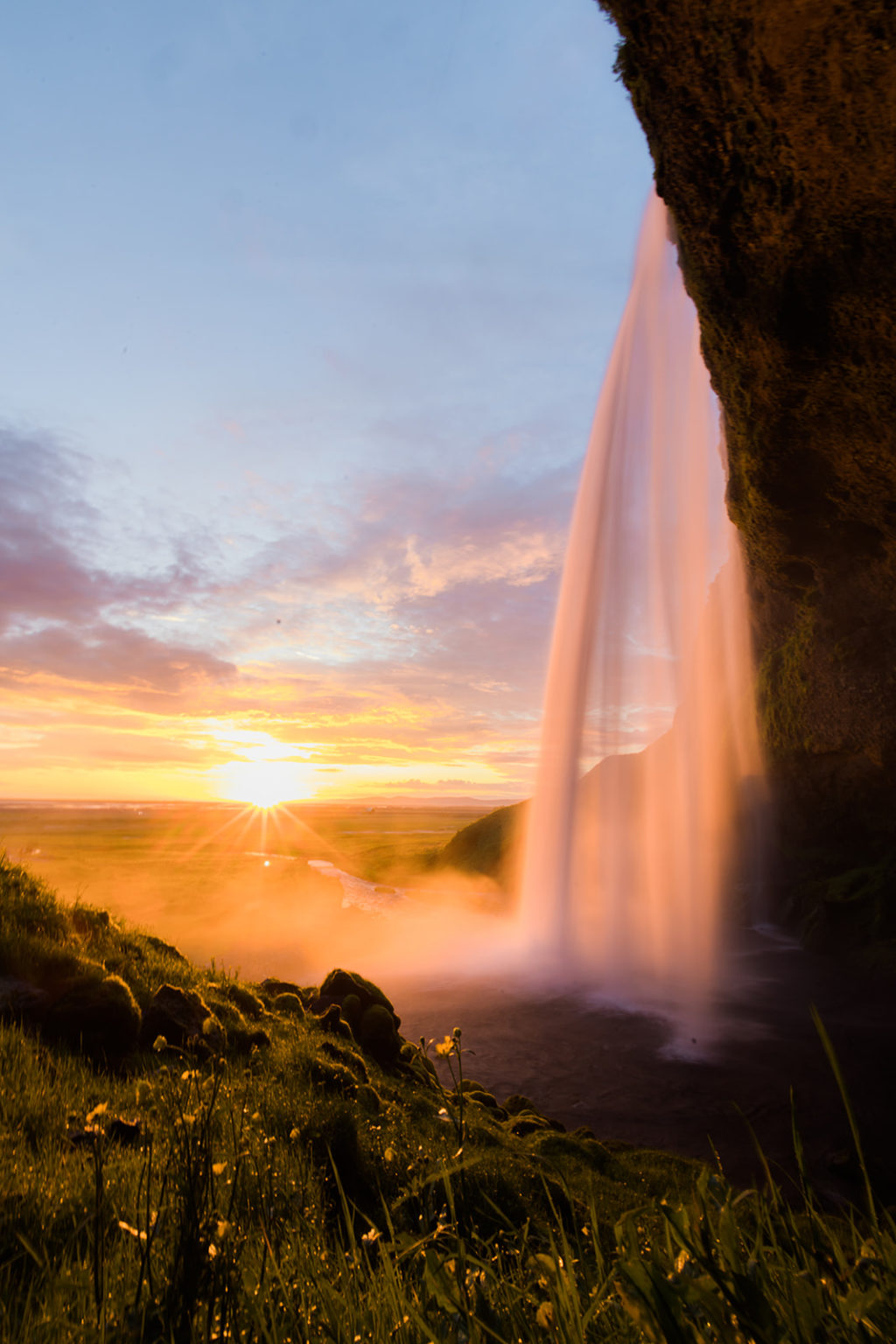
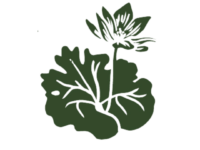
A week after returning from our Icelandic trip, I stumbled upon an article that mentioned the country’s unofficial motto, ‘Petta Reddast.’ It translates to it will all work out ok. This felt serendipitous because I had been searching for a way to articulate the ease and intuitively smooth way things fell into place during our travels.
The wedding came together seamlessly, the flowers ordered from Tinna and those foraged locally fit together like jigsaw pieces. They captured the starkness and vibrancy of Iceland, as well as stood emblematic of the celebration of the couple, the country where they married, and the land that offered far greater gifts than cut stems.

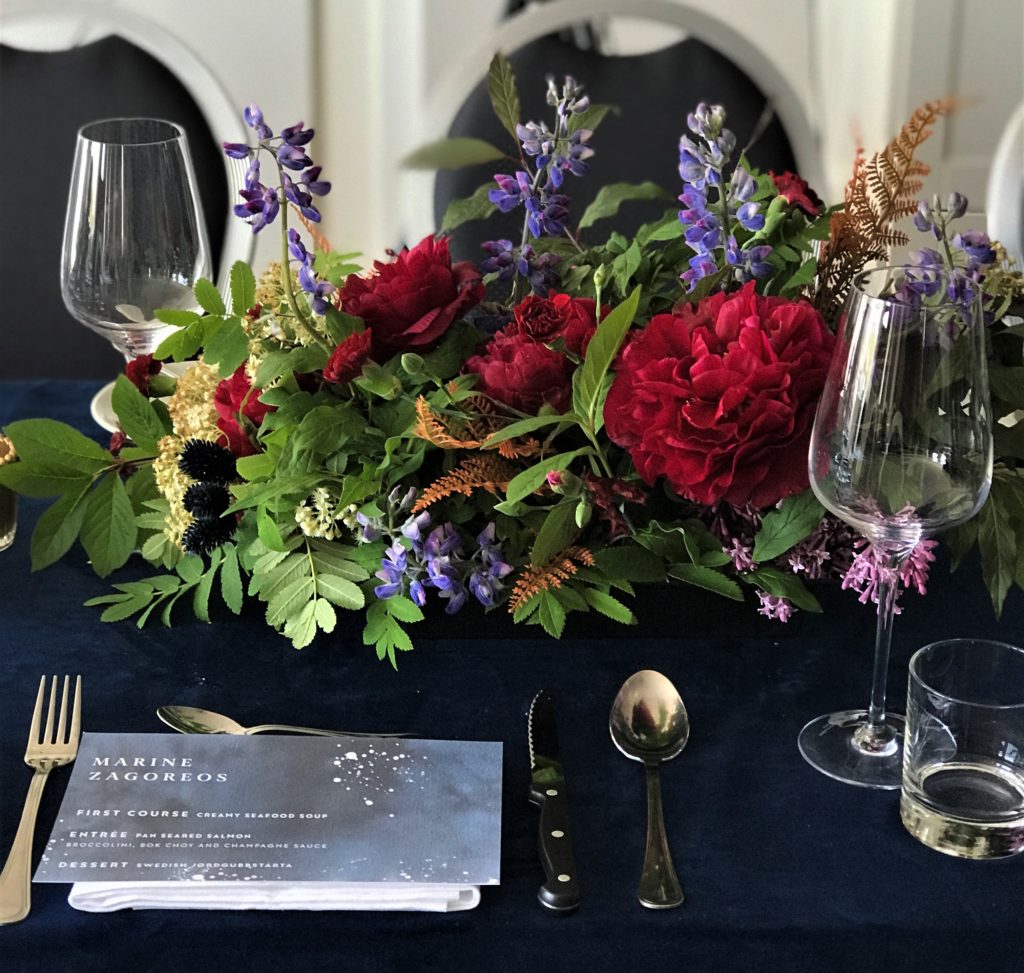
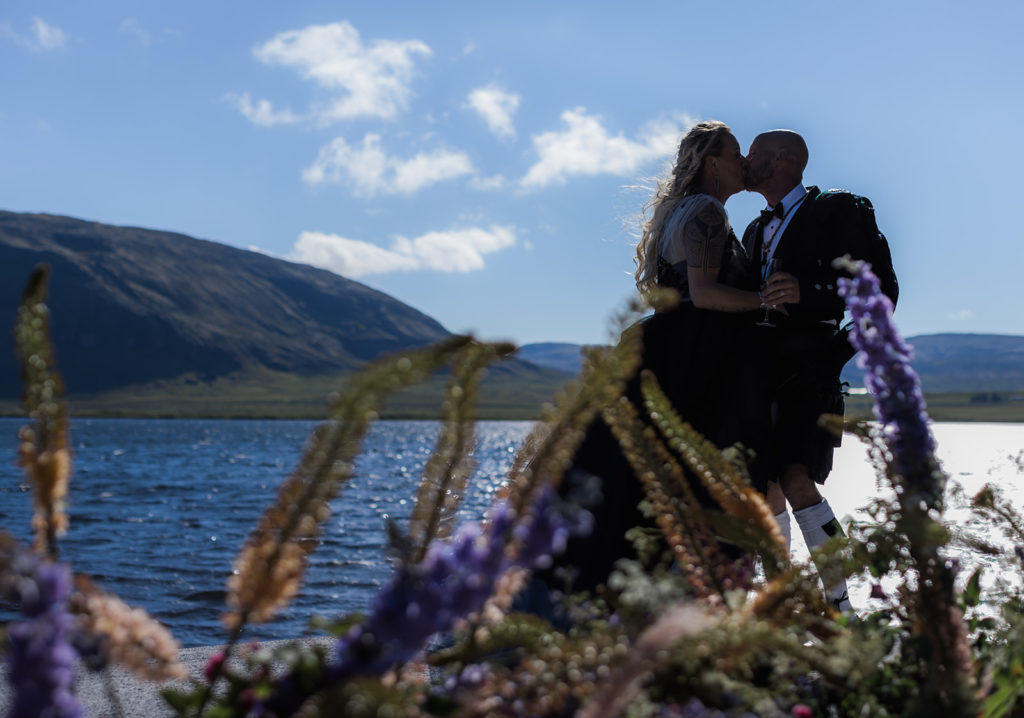

Sources & References:
Bjarnadóttir, Guðrún, and Hilmarsson, Jóhann Ó. Plants of Iceland: Traditional Uses and Folklore. Guðrún Bjarnadóttir and Jóhann Óli Hilmarsson, 2018.
Fountain, H. (2017, October 20). Vikings razed the forests. Can Iceland regrow them? The New York Times. Retrieved on September 7, 2022. https://www.nytimes.com/interactive/2017/10/20/climate/iceland-trees-reforestation.html
Keeler, K. (2020, October 4). Plant story – lupines, little wolves. A wandering botanist. Retrieved on July 19, 2022. http://khkeeler.blogspot.com/2020/10/plant-story-lupines-little-wolves.html


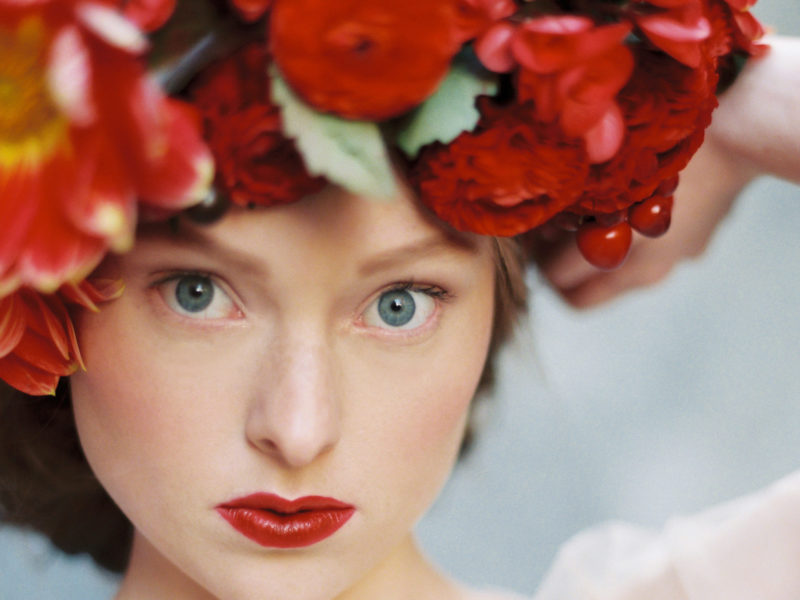
Share